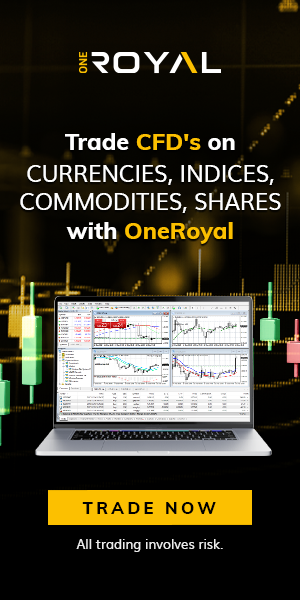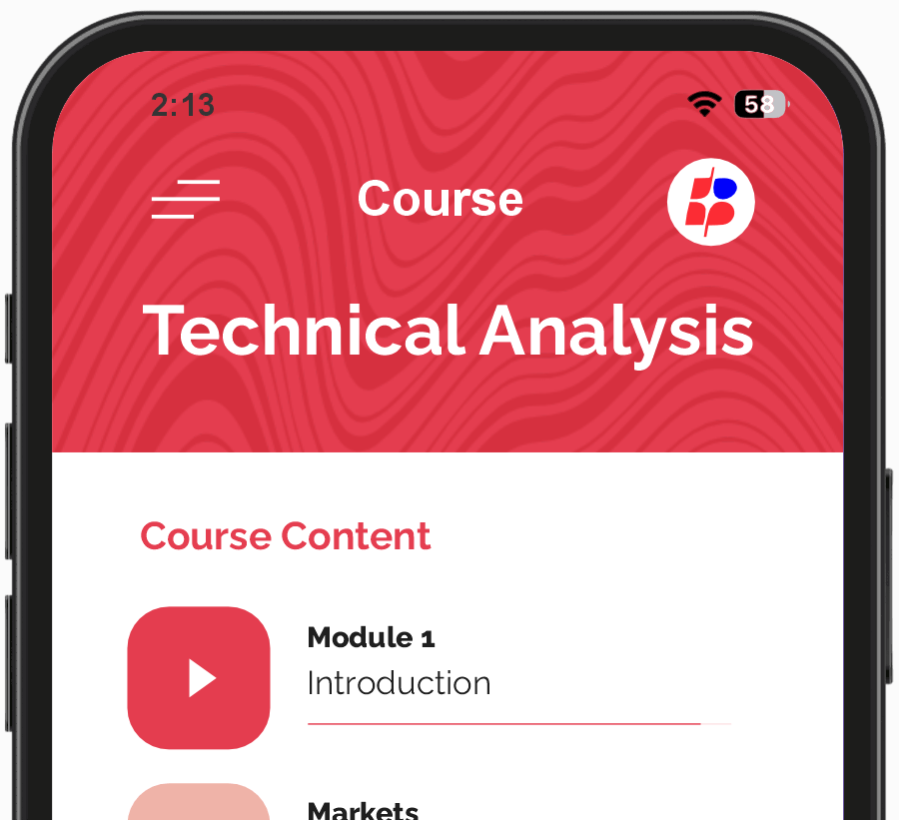risk management techniquesMastering the Scalping Strategy is one of the fastest ways to make profits in forex trading, but it requires precision, speed, and the right mindset.
Many traders dream of making quick money in the forex market, but only a few succeed.
Why? Because they don’t fully understand how scalping works or how to use it correctly.
In this guide, you will learn everything about scalping in forex trading. You will understand how to enter and exit trades with precision, the best tools to use, the risks involved, and how to maximize your gains.
If you want to become a profitable scalper, read carefully to the end.
In This Post
What is Scalping in Forex Trading?
Scalping is a trading strategy where traders aim to make small profits by executing multiple trades within a short period.
Scalpers take advantage of small price movements and close trades within minutes or even seconds.
Instead of holding a position for hours or days, scalpers enter and exit quickly, often using high leverage to maximize profits.
Let’s take for instance, you are a forex trader, and you see that EUR/USD moves up and down within a 5-pip range in one minute.
If you buy at the lowest point and sell at the highest point, you make a profit of 5 pips. If you repeat this process multiple times, your profits add up.
How Scalping Works
They are as follows:
1. Identifying Small Price Movements
Scalpers focus on short timeframes, such as 1-minute or 5-minute charts, to catch quick price fluctuations. They don’t wait for big trends; they exploit minor price changes.
2. Quick Trade Execution
Since price movements happen fast, scalpers enter and exit trades within seconds or minutes. A few seconds delay can mean a loss instead of a profit. That is why scalpers need fast execution speeds.
3. High Trading Frequency
Unlike swing traders who may trade a few times a day, scalpers execute dozens or even hundreds of trades daily. Their goal is to make small profits that add up to a significant amount by the end of the day.
4. Using Leverage
Scalpers use leverage to increase their position sizes and maximize profits. However, leverage also increases risk.
Best Tools for Scalping
To succeed in scalping, traders need the right tools. Below are some of the best tools for scalping in forex trading:
1. Fast Execution Trading Platform
A scalper needs a broker that offers lightning-fast trade execution. Platforms like MetaTrader 4 (MT4), MetaTrader 5 (MT5), and cTrader are commonly used.
2. Tight Spreads
Since scalpers aim for small profits, spreads (the difference between buying and selling price) must be as tight as possible. ECN (Electronic Communication Network) brokers usually offer the tightest spreads.
3. Low Commission Brokers
Frequent trading leads to high transaction costs. Choosing a broker with low commissions helps scalpers keep more of their profits.
4. Economic Calendar
Scalpers must avoid trading during major news releases since news events cause high volatility. Websites like Forex Factory provide economic calendars that show upcoming news events.
5. Technical Indicators
Scalpers use indicators such as:
- Moving Averages (MA) for trend confirmation
- Bollinger Bands for volatility
- Stochastic Oscillator for momentum
- Relative Strength Index (RSI) to detect overbought and oversold levels
Best Scalping Strategies
They are:
1. Moving Average Scalping
Scalpers use two moving averages (one short-term, one long-term) to identify buy and sell signals. When the short-term moving average crosses above the long-term moving average, it’s a buy signal. When it crosses below, it’s a sell signal.
2. Support and Resistance Scalping
Scalpers identify support and resistance levels on short timeframes. When the price touches support, they buy. When it touches resistance, they sell.
3. Trend Following Scalping
Scalpers trade in the direction of the trend, using indicators like the RSI and Moving Averages to confirm momentum.
4. Range Trading Scalping
In range trading, scalpers buy at the bottom and sell at the top of a sideways market. Bollinger Bands help identify range-bound movements.
Pros of Scalping
- Quick profits in minutes
- Many trading opportunities daily
- No need to hold trades overnight
- Less exposure to market crashes
Cons of Scalping
- High transaction costs due to frequent trading
- Requires full attention and fast decision-making
- Emotionally exhausting
- Losses can pile up quickly if not managed properly
Risk Management in Scalping
Scalping is a fast-paced trading strategy that requires strict risk management to avoid significant losses.
Since traders make multiple small trades in a short time, even a few bad trades can wipe out profits.
Below are risk management techniques every scalper should follow.
1. Use Stop-Loss Orders
Scalping involves quick trades, meaning prices can move against you as fast. To protect your capital, always set a stop-loss order.
A stop-loss automatically closes your trade when the price reaches a certain level, preventing large losses.
Many scalpers set their stop-loss at 5-10 pips per trade to limit potential damage.
2. Maintain a Good Risk-Reward Ratio
One of the biggest mistakes in scalping is risking too much for too little reward. A good risk-reward ratio helps balance profits and losses.
The most common ratios used in scalping are 1:1 (risking $10 to make $10) or 1:2 (risking $10 to make $20).
This ensures that successful trades can cover losses even if some trades fail.
3. Avoid Overtrading
Scalping can be exciting, and the urge to take multiple trades can be overwhelming. However, trading too frequently in a single session leads to fatigue, poor judgment, and emotional decision-making.
Instead, set a limit on the number of trades per session and take breaks to maintain focus and discipline.
4. Trade Only in High Liquidity Hours
The best time to scalp is when the forex market is most active because this ensures tight spreads and fast executions.
The most liquid trading hours are during the London session (7 AM – 4 PM UTC) and the New York session (12 PM – 9 PM UTC).
Trading during these hours increases the chances of quick price movements, making it easier to enter and exit trades profitably.
Frequently Asked Questions
Is scalping suitable for beginners?
- Scalping requires quick decision-making and strong discipline, so it’s better for experienced traders. However, beginners can start with demo accounts to practice.
How much capital do I need for scalping?
- Since scalping involves small profits per trade, you need enough capital to trade frequently. Many brokers allow scalping with as little as $100, but $1,000 or more is ideal.
Can I scalp forex without leverage?
- Yes, but it will be difficult to make significant profits. Most scalpers use leverage to amplify their gains.
What is the best currency pair for scalping?
- Major pairs like EUR/USD, GBP/USD, and USD/JPY are best for scalping because they have high liquidity and tight spreads.
Conclusion
Scalping is a forex trading strategy that allows traders to make quick profits from small price movements.
However, it requires the right skills, tools, and risk management. If you want to succeed as a scalper, practice on a demo account, use a fast broker, and develop a strategy that works for you.
Now that you understand how scalping strategy works, it’s time to put your knowledge into action.
Start practicing today and become a master scalper.




